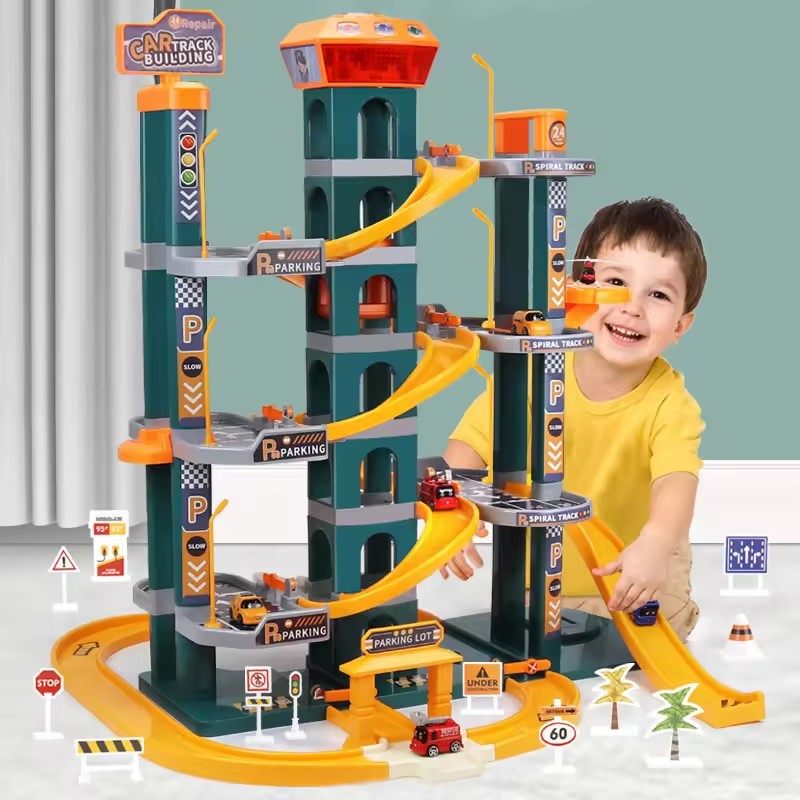One of the most notable changes in the toy industry is the integration of technology. Gone are the days when toys were solely made of plastic or wood; today, they are equipped with sensors, microchips, and batteries that enable them to move, talk, and interact with children in new and exciting ways. Technology has opened up endless possibilities for toy manufacturers to create immersive play experiences that stimulate children's imagination and creativity.


Another trend that has gained momentum in recent years is the focus on educational toys. Parents increasingly recognize the importance of providing their children with toys that promote learning and development. As a result, toy manufacturers have started producing toys that teach children essential skills such as problem-solving, critical thinking, and fine motor skills. These educational toys come in various forms, including puzzles, building blocks, and science kits, and are designed to make learning fun and engaging.
Sustainability has also become a key issue in the toy industry. Consumers are becoming more environmentally conscious and demanding products that are eco-friendly and sustainable. Toy manufacturers have responded by using recycled materials, reducing packaging waste, and adopting green manufacturing processes. Additionally, some companies have started offering take-back programs where customers can return old toys for recycling or repurposing.
The rise of e-commerce has also had a significant impact on the toy industry. Online shopping has made it easier for consumers to access a wider range of toys from the comfort of their homes. This has led to increased competition among toy manufacturers as they strive to capture the attention of online shoppers. To stay ahead, companies are investing in digital marketing strategies such as social media advertising and influencer partnerships.
Another area of innovation in the toy industry is personalization. With advancements in technology, it is now possible to create customizable toys that cater to individual preferences and interests. From customized action figures to 3D-printed toys, personalized toys provide children with unique play experiences that reflect their personalities and passions.
The global nature of the toy industry has also led to increased cultural exchange and diversity in toy design. Toys that reflect different cultures and traditions are becoming more prevalent, providing children with opportunities to learn about other parts of the world through play. This not only promotes multiculturalism but also helps children develop empathy and understanding towards different cultures.
As the toy industry continues to evolve, safety remains a top priority for consumers and manufacturers alike. Toy safety standards have become more stringent over the years, with regulations put in place to ensure that toys are free from harmful chemicals and other hazards. Manufacturers are also investing in research and development to create safer toys that withstand rough play and meet the demands of active children.
In conclusion, the toy industry has undergone significant changes over the years, driven by advancements in technology, changing consumer preferences, and a growing focus on sustainability and education. As we look to the future, it is clear that innovation will continue to play a crucial role in shaping the industry. With exciting new products and technologies on the horizon, one thing is certain: the world of toys will continue to captivate and inspire children for generations to come.
Post time: Jun-13-2024



